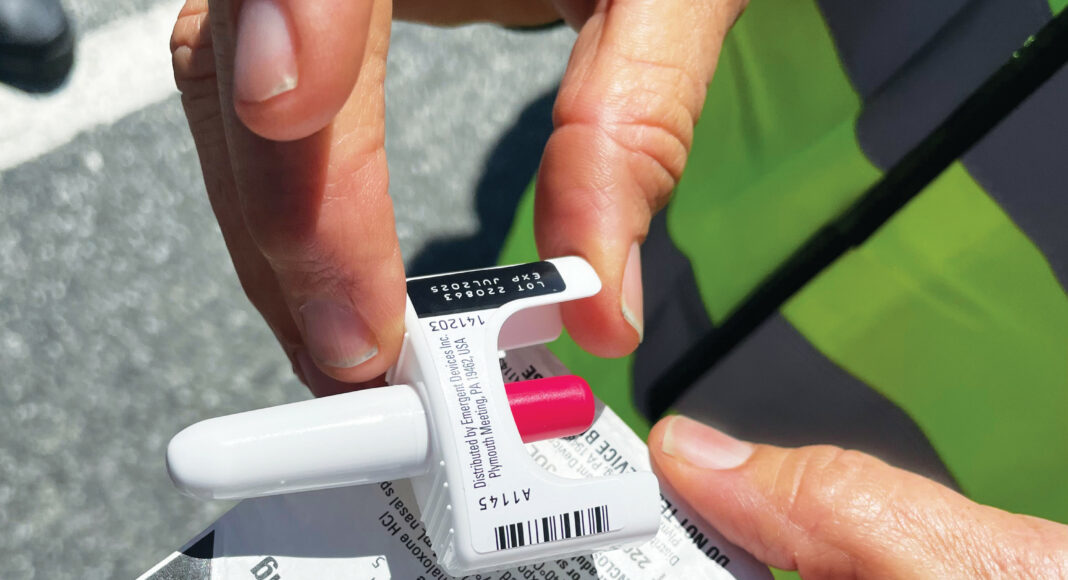In an August 30 virtual town hall hosted by the Santa Cruz County Health Services Agency (SCHSA), officials presented the results of two different surveys taken by community members and service providers dealing with the allocation of a nearly $26 million opioid settlement awarded to Santa Cruz County. The $26 million is Santa Cruz County’s share of a national $31 billion settlement from opioid manufacturers and distributors.
The $26 million will be paid out in yearly increments of $1.4 million over the next 18 years.
The national opioid crisis has not spared Santa Cruz County. Deaths from drug-related causes are forecasted to exceed 2022 when 111 people died in Santa Cruz County. Total Narcan use soared in 2023 to over 1200 mg, a single dose being 4 mg.
185 community members took a countywide survey, ranking matching funds for Substance Use Disorder (SUD) facilities and addressing the needs of communities of color and vulnerable populations as top priorities.
Local health care professionals who responded to the survey indicated that funding for crisis stabilization centers as alternatives to emergency rooms and peer support specialists or recovery coaches in emergency departments was of high importance.
The consultation process is designed to “make sure we are intentional and that we are spending the dollars in a way that allows for the greatest collective impact across our communities,” said Casey Swank, director of substance abuse services for SCHSA. An intra-agency committee is coordinating the effort, and local municipalities will be consulted quarterly to stay abreast of their changing needs.
Only 185 community members were consulted for the community survey, which was lower participation than they wanted according to SCHSA senior health educator Julia Anderson.
“We’ll try to get more individuals to take the survey so that it is more representative.” More outreach and surveys are planned Anderson said.
Swank said the committee would focus on the most flexible and cost-effective means to disburse of the yearly payouts
An idea that was dismissed during the town hall was paying for hotel rooms for people with SUD while they get sober. Additionally, big infrastructure projects like building new SUD and out-patient houses were ruled out as too pricey.
A few attendees pressed when the money would be dispersed. Casey Swank reminded the audience that the money will be spent over many years and will be subject to more community input.
“Hopefully by the first of the year we should be able to spend the first of the dollars,” Swank said.
The town hall last week coincided with heightened community engagement around the opioid crisis. August 31 was International Overdose Awareness Day and Watsonville Community Hospital held its first ever “End Overdose” event.
“We hope this will become an annual event. As the opioid epidemic has grown in our area, we’ve increased our support services for patients,” said Nancy Gere, the hospital’s public information officer.
The event hosted speakers from county health staff as well as 17-year-old overdose survivor Aiden Fuller and Lisa Marquez, who lost her teenage son to an opioid overdose in 2020. Marquez’s son, Fernando, died after taking fentanyl-laced counterfeit Xanax.
Attendees of the End Overdose event were given free Narcan and hospital nurses walked them through how to determine the signs of an opioid overdose and how to administer the Narcan in an emergency.













